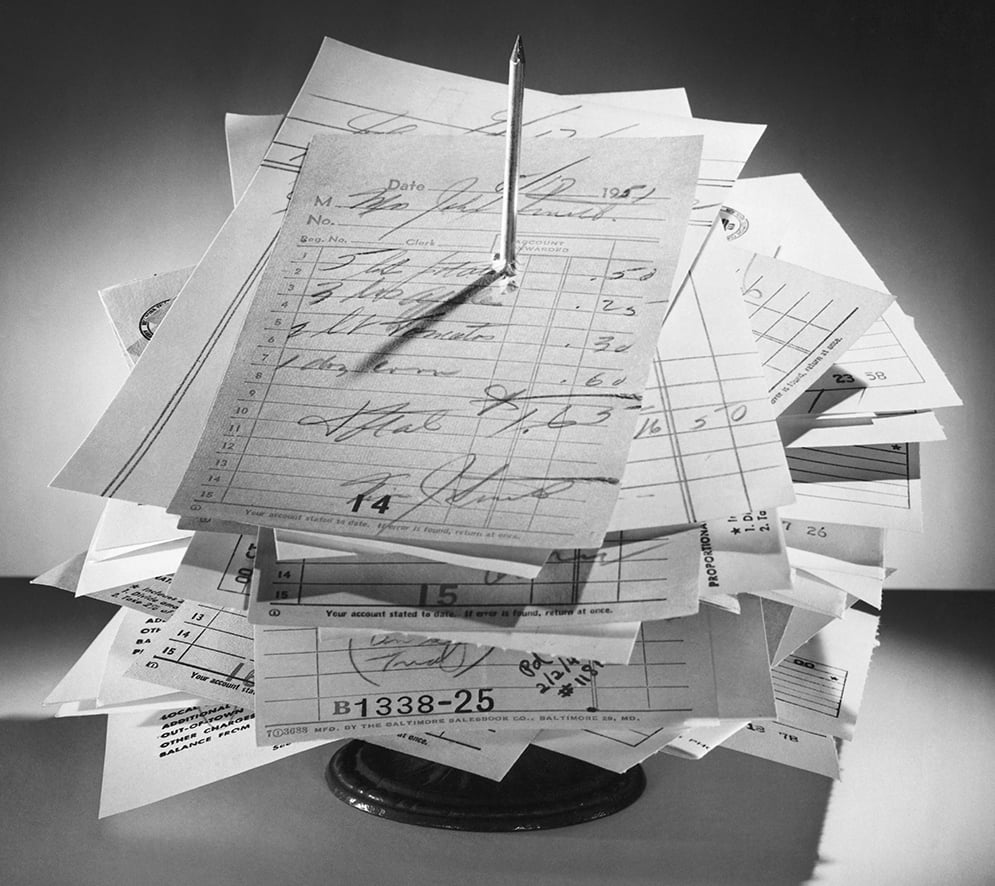
On November 15, the first wines of the most recent vintage will go on sale, and wine shops and bistros will hang banners proclaiming: LE BEAUJOLAIS NOUVEAU EST ARRIVE! It’s a ritual of the third Thursday in November, a last taste of summer, and a salute—or good riddance—to the year that’s about to end.
Wine snobs are notorious for greeting nouveau with yawns. It’s hard to blame them for looking askance at the annual event: Nouveau is largely a marketing gimmick. Yet to regard Beaujolais as a once-a-year wine is to overlook the year-round pleasure offered by the traditional light-bodied, food-friendly wines of the region.
Beaujolais is a fruity red made from the gamay grape, and about three-fourths of the region’s production is labeled Beaujolais or Beaujolais-Villages. The most interesting wines come from ten crus, or growths, centered around villages in the northern part of the region: Saint-Amour, Juliénas, Chénas, Moulin-à-Vent, Fleurie, Chiroubles, Morgon, Régnié, Brouilly, and Côte de Brouilly. Differences among these appellations can be subtle but distinct.
Beaujolais is relatively light compared with weighty syrah from the Rhône, ephemeral pinot noir from Burgundy, or the muscular Cabernet and Merlot of Bordeaux and California. It doesn’t need to be cellared for decades to reveal its true character—in fact, the danger lies in waiting too long to drink it. Beaujolais tastes best when slightly chilled—about 45 minutes in a refrigerator should do the trick—to bring out its fruit flavors. Beaujolais is casual wine for casual foods such as charcuterie, cheese, and lighter fare. Sometimes, that’s just what a wine should be.
Ed Addiss, a Falls Church–based importer, is one wine wonk who loves Beaujolais. His company, Wine Traditions, carries wines from each of the ten crus. Many are available at MacArthur Liquors in DC, Arrowine in Arlington, and Fern Street Gourmet in Alexandria.
Addiss makes a point of seeking out wines from regions of France where modernization has yet to impose uniformity, which is one of the things that drew him to Beaujolais. “When I first visited the region and saw the idyllic landscape, the steep hillside vineyards with gnarly vines planted low to the ground,” he says, “I realized this region could produce some special wines.” He describes Beaujolais as “aromatic, fruity, mineral, and complex, with soft tannins that leave the palate refreshed and satisfied.”
I tasted my way through several of the Wine Traditions line and was impressed with the distinctions among the crus.
The Domaine Gérard Charvet Moulin-à-Vent 2005 “La Réserve d’Amélie” offers aromas of cherries and lavender, with bright fruit flavors and a deliciously long finish. Domaine Dupré Régnié 2005 “Haute Ronze” puts the lie to the notion that Beaujolais lacks complexity or depth—it’s an intellectual’s Beaujolais. The Domaine Pascal Berthier Saint-Amour 2004 is as refreshing as a breath of country air.
These winemakers are akin to the small growers of Champagne, producers who turn out individually styled but hard-to-find wines. The goliath in Beaujolais is Georges Duboeuf, the “king of Beaujolais,” whose name is synonymous with the region. Duboeuf is a negociant who buys wines and grapes throughout Beaujolais for bottling under his name. He also produces blended wines from each of the ten crus and represents several growers.
More than 30 million bottles of Beaujolais from each harvest carry Duboeuf’s label, according to Rudolph Chelminski, author of an engaging new book about the region, I’ll Drink to That: Beaujolais and the French Peasant Who Made It the World’s Most Popular Wine. Duboeuf’s Beaujolais-Villages is widely available in area stores.
Duboeuf has become known for promoting consistency in Beaujolais from year to year, using modern winemaking techniques to compensate for poorer vintages. Some critics say this comes at the expense of a wine’s individuality. His wines lean toward a fruitier, less mineral style than those of Addiss, but they are well made and represent good value.
My favorite Duboeuf offering is from one of his individual producers: the Jean Descombes 2005 Morgon. It makes a fine introduction to Beaujolais, with an abundance of cherry and raspberry flavors that linger long after the last sip.
For those already acquainted with the pleasures of Beaujolais, there’s a delicious education to be had in seeking out individual producers in the Beaujolais crus. Delicious and surprising—you won’t be stifling a yawn.
Highly Recommended
Pascal Aufranc, Juliénas 2005, $17 (Wine Traditions)
Gérard Charvet, Moulin-à-Vent 2005 “La Réserve d’Amélie,” $18 (Wine Traditions)
Jean Descombes, Morgon 2005, $13 (Duboeuf/W.J. Deutsch)
Jacky Janodet, Les Fines Graves, Chénas 2004 $14 (Henry Wine Group)
Lucien Lardy, Fleurie 2004 “Les Roches,” $18 (Wine Traditions)
Dupré, Régnié 2005 “Haute Ronze,” $14 (Wine Traditions)
Domaine des Nugues, Beaujolais-Villages 2005, $13 (Robert Kacher Selections)
Also Good
Pascal Berthier, Saint-Amour 2004, $17 (Wine Traditions)
Château des Capitans, Juliénas 2005, $15 (Duboeuf/W.J. Deutsch)
Georges Duboeuf, Beaujolais-Villages 2005, $8 (Duboeuf/W.J. Deutsch)
Georges Duboeuf, Fleurie 2005, $15 (Duboeuf/W.J. Deutsch)
Robert Perroud, Côte de Brouilly 2005, $16 (Wine Traditions)
Jacky Piret, Beaujolais 2005 “La Combe,” $11 (Henry Wine Group)

















